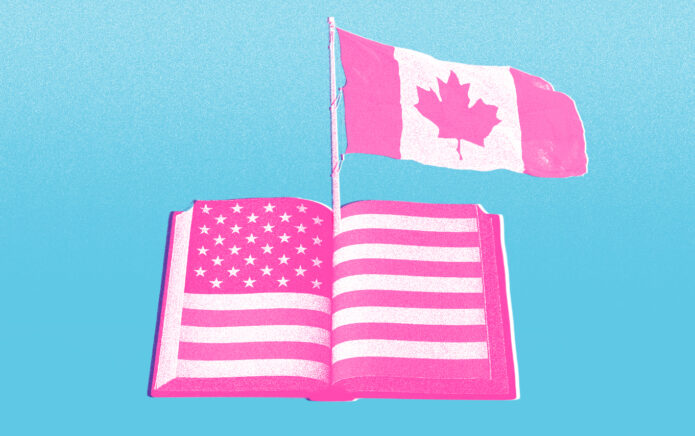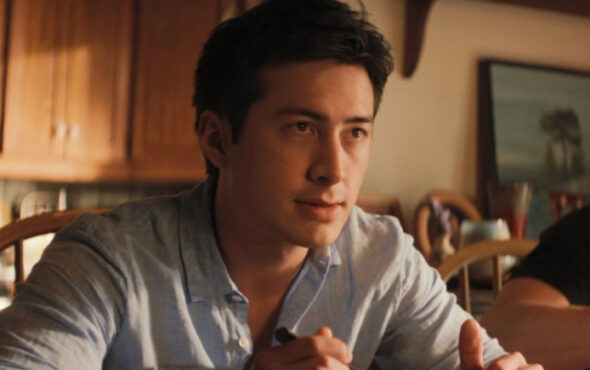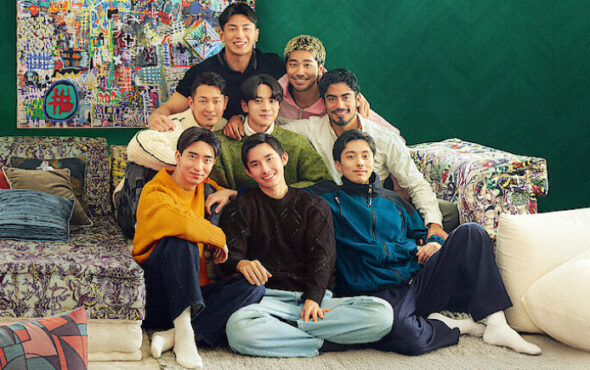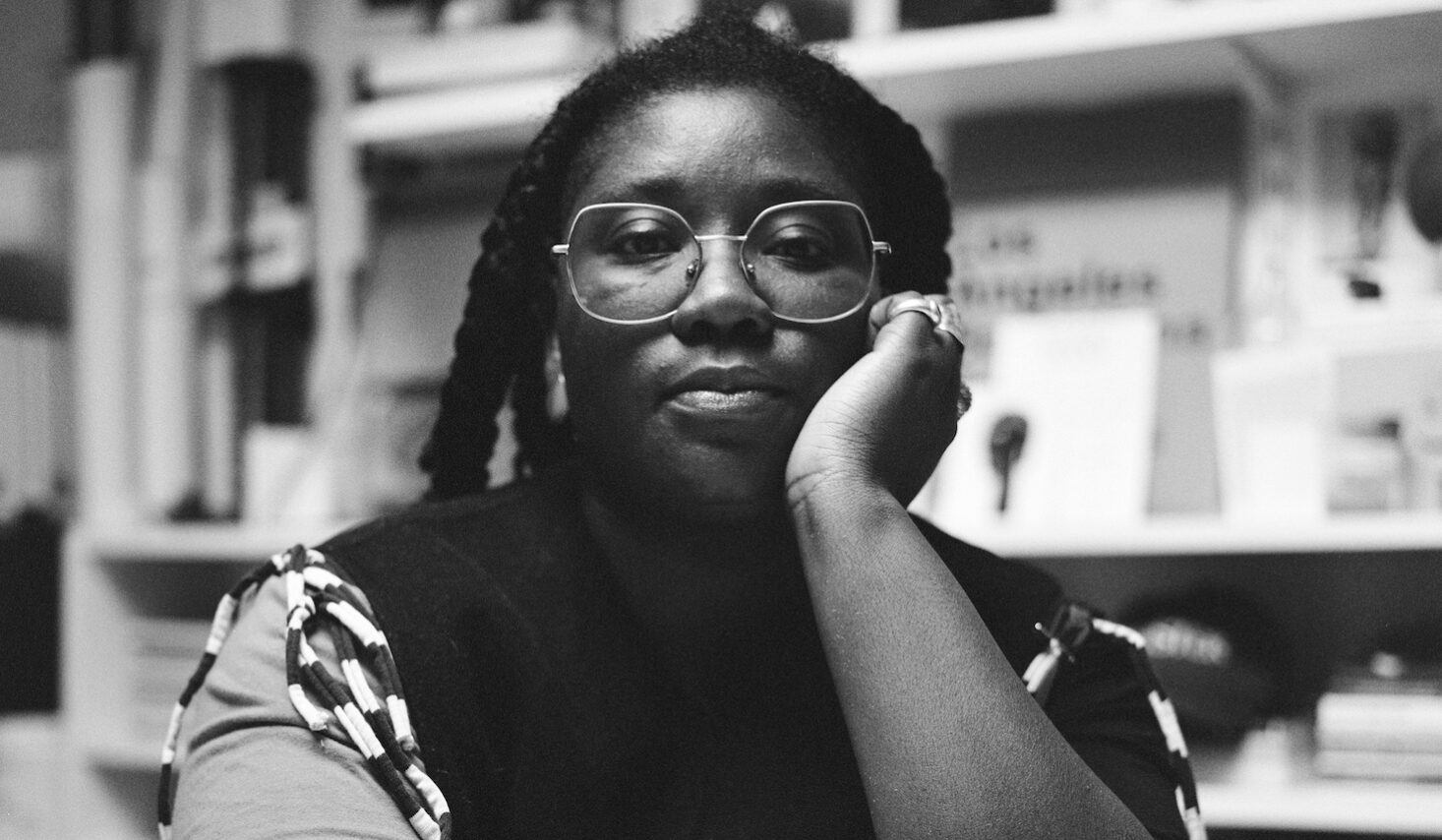
This week, the international art world spotlight turns onto London, as the Frieze Art Fair descends on the capital. The fair – the UK’s biggest, now in its 21st year – promises visitors the opportunity to encounter the work of queer former Turner Prize winners like painter and cultural activist Lubaina Himid, conceptual artist Jesse Darling, and canonical queer photographer Wolfgang Tillmans’ work. Plus, that of underground-inspired artists like Dean Sameshima, whose screenprints draw on references to queer history and whose photographs capture queer underground spaces like porn theatres and bathhouses, or Jenkin van Zyl, whose experimental, bizarro and almost hallucinogenic films are playfully gory, fetishistic and grotesque.
There’s a “but”: Frieze can feel exclusive – those in the art world or adjacent may snag a free pass, tickets purchasable online come with a substantial price tag, and this is before we speak of the private networking events and parties. However, there is also plenty to see during Frieze at no cost and your own convenience; weather allowing, take a walk through Regent’s Park to see the annual Frieze Sculpture exhibition – a free and public display – of or visit concurrent shows at surrounding galleries (more on that below). A collaboration between gallery Gordon Robichaux and Tate has also led to Frieze Library, a collection of books that inspired the artists on show this year.
Whether attending the fair itself or looking for “off-Frieze” exhibitions to see, below is a list of five of the standout queer artists to know or get to know in 2024. They represent the next generation of artists reflecting experiences of state violence, diasporic identity, embodiment, joy and desire.
Eva Gold
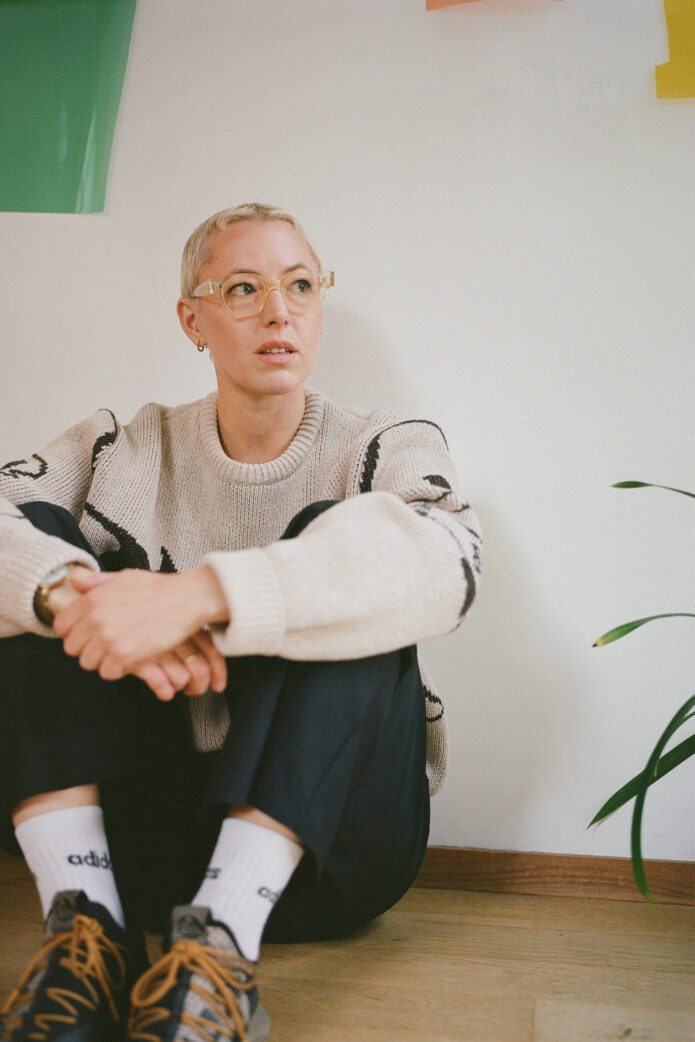
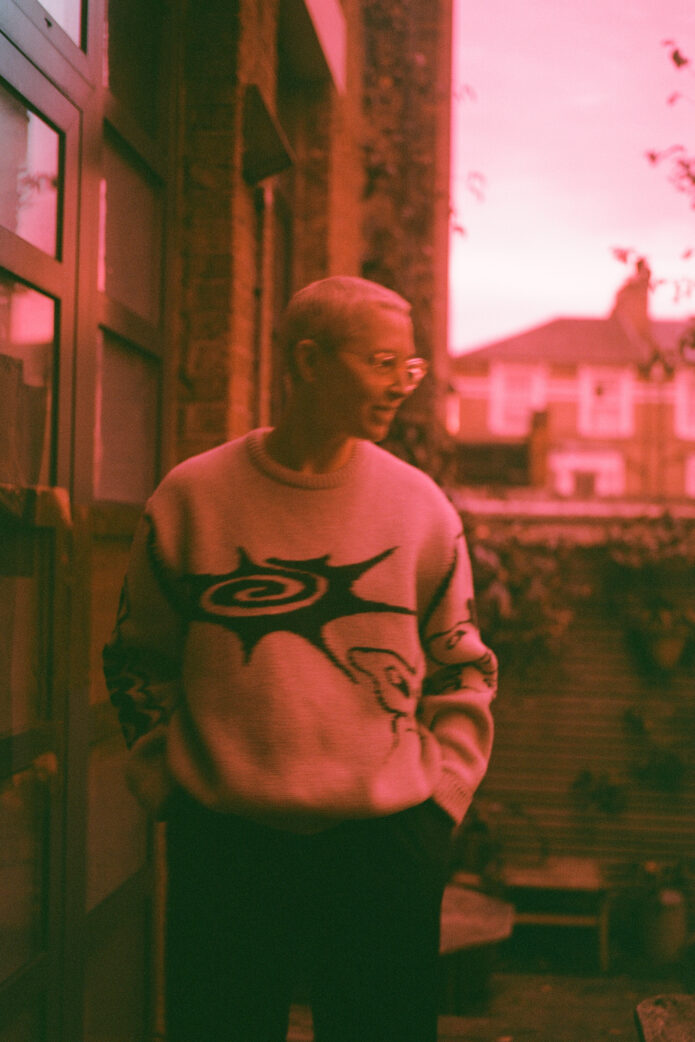
Showing with upcoming East London-based gallery Rose Easton at this year’s Frieze, Eva Gold is a sculptor and multidisciplinary artist from Manchester and based in London. Her work deals with subtle themes like agency, ambiguity and coercion. There’s often the sense of latent threat, which can feel disconcerting. “My work asks questions like; who is in control of a situation, and how might that power shift hands in subtle ways throughout an exchange or transaction?” explains Gold of how her queerness informs her practice. “Or else examining positions that might undermine or challenge initial preconceptions.”
Take her previous show The Last Cowboys, which drew from the memories of being in nightclubs and male-only sex clubs in Berlin. In a tiled cubicle, rubber coats appear ghoulish on hooks, fluorescent sign “open late” hints at hedonism. Gold worked on this series from 2020 – 2022, when nightclubs and other public spaces were closed and there was a heightened feeling of anxiety around bodies and contagion. The title The Last Cowboys comes from a passage in the book Close to the Knives, by David Wojnarowicz, in which he is describing the Hudson Piers, sites of anonymous sex overshadowed by the fear and impending horror of AIDS.
“I’m interested in voyeurism – a kind of pleasure from watching or consuming, and the implicit violence of that”
At Frieze, Gold will show an installation that brings drawings together with a new text work. “There are quite a lot of layers, but I would say the show as a whole is dealing with the subject of memory. My ongoing interest in the resonance of cinematic imagery and the collective unconscious comes into contact with a more focussed written narrative, which engages with the ways in which we work through the past, reflecting on the fallibility and malleability of memory. When making this show I was interested in the question of how we build our own versions of the truth, when memories of past events can be continually reshaped in the present.”
For Gold, cinema is often a starting point, the artist drawn to its manipulative abilities. “As an art form, it’s so good at controlling the emotions of an audience. I’m exploring how to try to carry some of that over – to look at the mechanisms it uses, to think about how that might be reconfigured into different materials and approaches, or to create certain kinds of tension.” You might notice references to David Lynch and Michael Haneke. “I’m interested in voyeurism – a kind of pleasure from watching or consuming, and the implicit violence of that.”
Tarek Lakhrissi
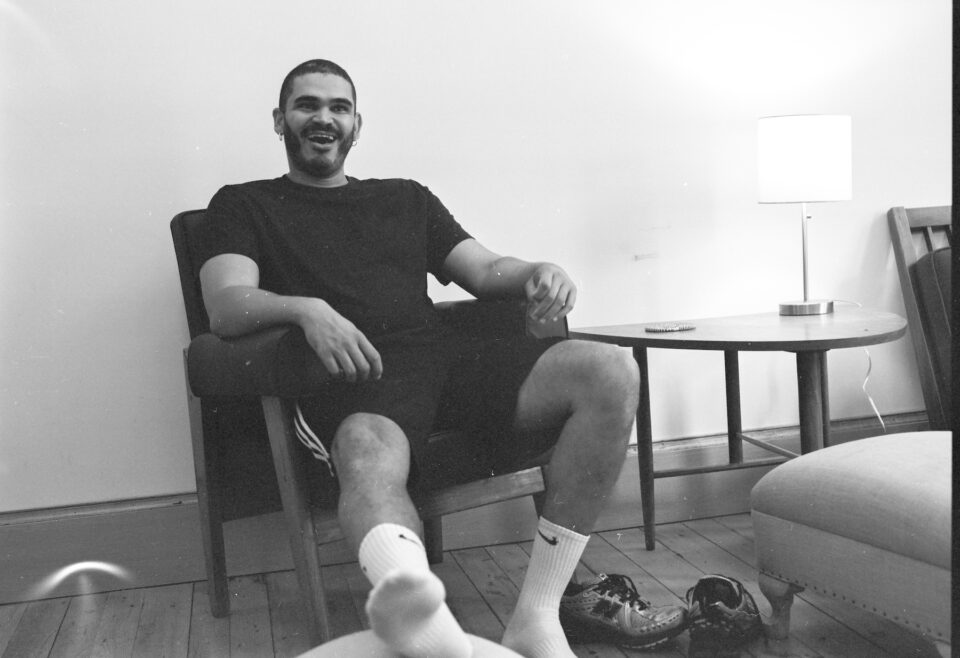
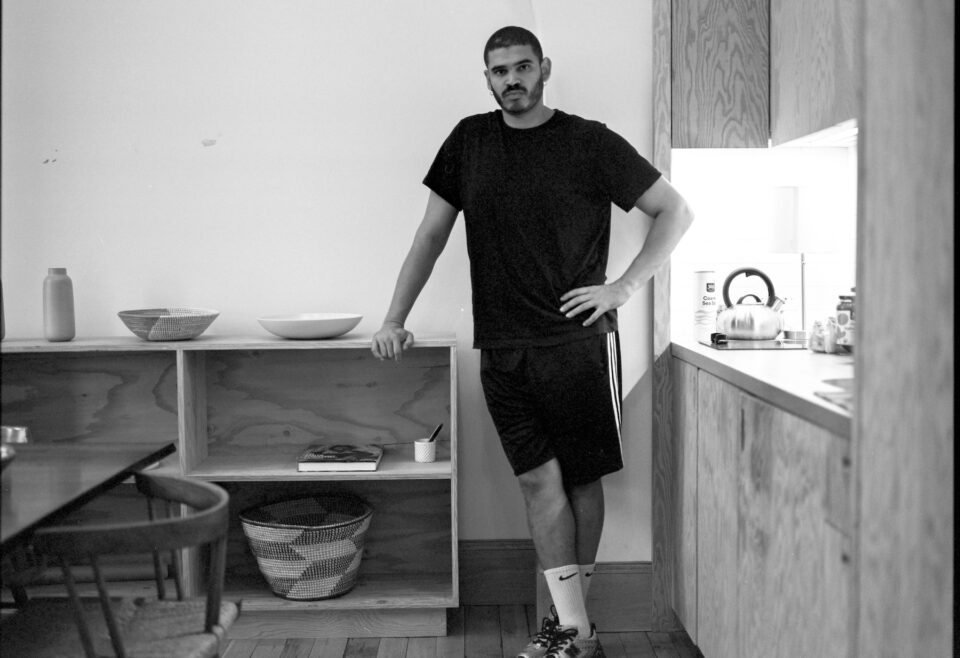
Running throughout October at NiCOLETTi Gallery in Shoreditch is French-Moroccan artist Tarek Lakhrissi’s latest show, SPIT. The work takes as its starting point an incident at Paris Pride in June 2024 when the artist was spat on and verbally attacked for carrying Palestinian and Algerian flags. The physical act of ejecting liquid from one’s mouth, and the possible erotic or aggressive dimensions of this act inform an exploration of tensions between violence and desire and between subversion and resistance. “It’s an act of disgust, but also important in queer sexual lives,” says Lakhrissi, who explains that the incident led him to think about transitions, how as queer people we move from spaces of un-safety to safety and back again, a process that can be disorienting.
In the show, glass sculptures representing suns are adorned with door knockers, presiding over the show like talismans – protective objects but also portal-like. Two monstrous green tongues, also sculpted from glass, attempt to connect with one another. “I love to work on topics of monstrosity, how queer people have been treated this way throughout history, but reclaim that through playfulness.” Cut to the largest sculpture in the show, a huge and kinky devilish head emerging from the floor. Some might notice it resembles, perhaps surprisingly, the Pokemon Gengar and, in Lakhrissi’s words, the devil emoji you send to your partner when you’re horny.
“Unless you’re a white bourgeois person, it can feel like you don’t have access to the art world”
As well as playing on mythology and queer semantics, Lakhrissi is interested in combining literary references and thought drawn from queer theory with nods to pop culture. “This monster is almost laughing at the visitors coming in – it’s a comment on the access of art spaces, my take on classism, racism and elitism in the art world because I’m coming from a working-class background where art was not part of everyday life in my family and with my childhood friends. Unless you’re a white bourgeois person, it can feel like you don’t have access.”
While his work has often been inspired by literature and theory, now those references are fewer and further in between. “Pop culture brought me to theory, that brought me to literature, which brought me to queer studies, and now I’m back to pop culture. I want my art to be more accessible, and use pop culture references to connect more with people.” Still, as well as an artist, Lakhrissi is a poet. Text figures in his work as both an influence (the lesbian writer Monique Wittig’s writings have been a large inspiration) as well as an expression of his thought processes. If you can’t catch the show in London, look out for his poetry work, which often – like his visual work – deals with speculative narratives of transformation.
Divine Southgate-Smith
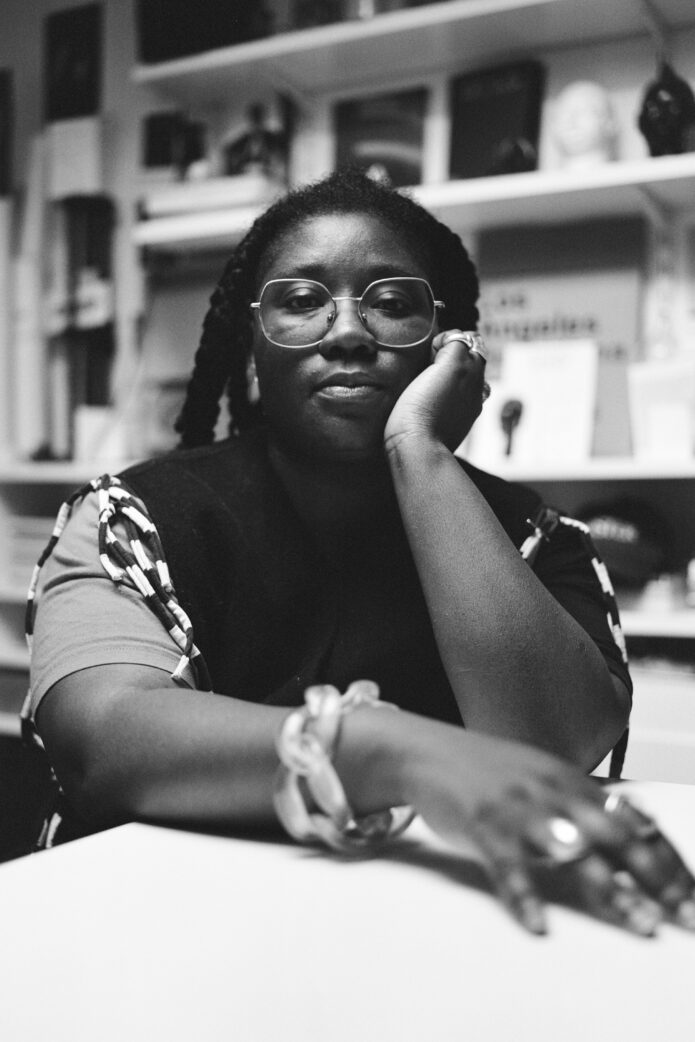
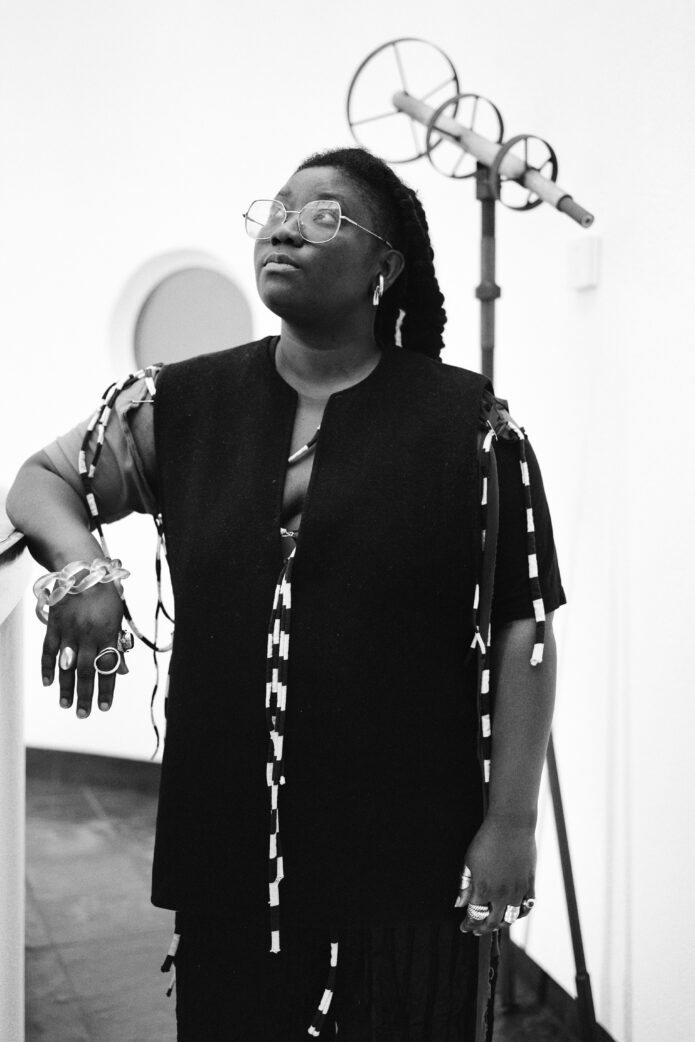
Alongside a current duo show at Public Gallery in London (also called SPIT), at this year’s Frieze, Divine Southgate-Smith – born in Togo, West Africa – is showing a booth installation named Aspects of Things Existing. The installation is inspired by the materiality of glass, which Southgate-Smith has been researching for over a year. “I’ve been looking at the history of glass on the African continent. I’m interested in the material’s proximity to visions of the future, modernity, innovation and how this intersects with indigenous technologies.”
The show at Frieze meditates on how one material object, a glass bead, can be re-excavated and re-appropriated to nod to a futuristic understanding of Afrikanity. “Growing up I understood that a singular bead had no meaning, it is the configuration of beads that allows us to communicate a code that reveals our social standing or spiritual understanding. This is the energy with which this installation is made – each artwork a vessel that allows the possibility to delve into a way of seeing – a collapsing and fusing of past, present and future.”
“I’m constantly discovering, and the joy and satisfaction that I get from that affirms my curiosity”
Aspects of Things Existing fits into their wider research-based practice which often explores African craft and design, whereby they respond to objects within museum collections, where context, function and even spiritualism are too often erased. As an object maker and artist who creates work in the digital plane, looking at the history of a material is important to them. At Frieze, for instance, they are showing the leaning glass sculpture Twerk. “That piece is about the shadows of something real. I’m really questioning how we record our experiences throughout history and am fascinated by the contrast between the capturing of bodies through image and the abstraction we see present in African sculptures. So you have a reflection that captures and situates you in your environment like Caravaggio’s Narcissus but – similar to the surface of the water he is depicting – you are able to fall into the image. This slippage offers a range of possibilities. It’s up to the viewer to imagine those possibilities.”
Talking of possibilities, their work is driven by curiosity. “What keeps me coming back to my practice is that I know deep down that there is always another way, I’m constantly discovering and the joy and satisfaction that I get from that affirms my curiosity.”
Wynnie Mynerva
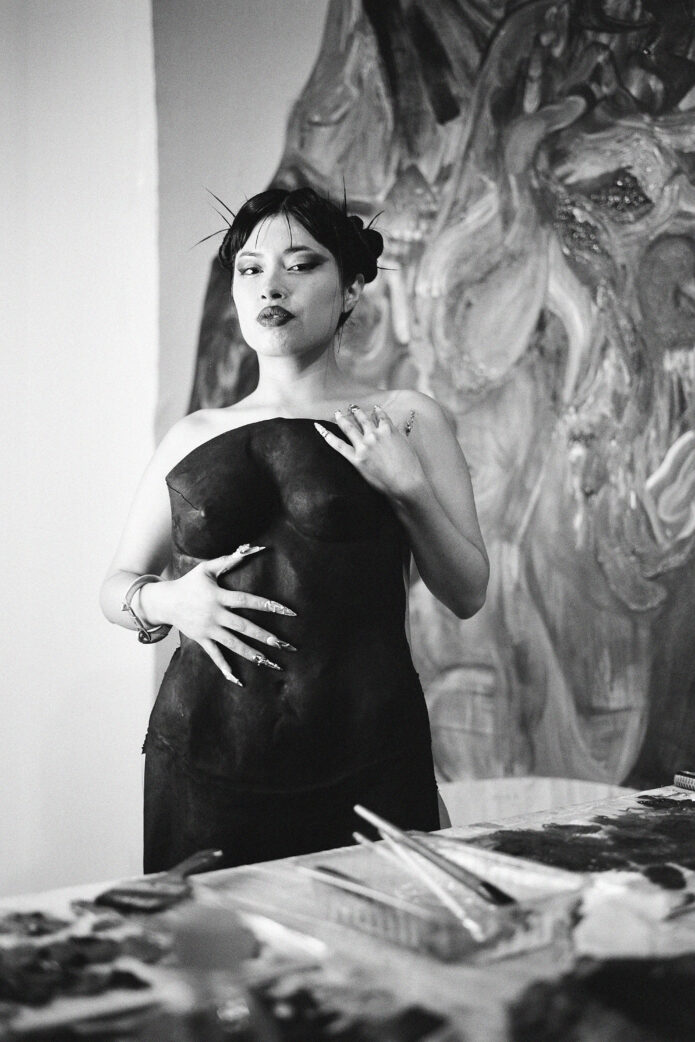
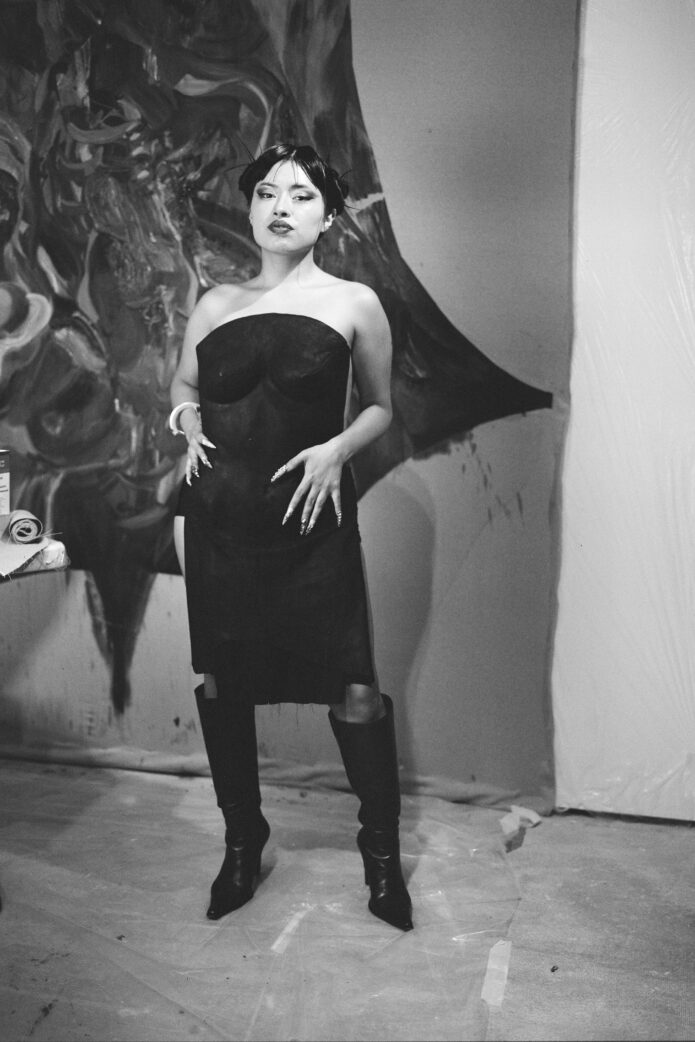
An artist from a deeply religious Catholic family in Villa El Salvador, Lima, Peru, Wynnie Mynerva says their childhood and place of origin have undoubtedly influenced both their outlook and their art practice. “It is a district that has emerged from migration: many people from the mountains of Peru fled to the capital in the 90s and based on self-management and their struggle they built an entire district. I grew up in a desert, I had a cradle that was a hole in the ground where my mother took care of me. I grew up where absolutely nothing existed, without a water system, without electricity, without a concrete roof, without protection and I learned how everything was built. It is a magical and mythical setting where my interest in social transformation stems from.”
They’ve come to view Christianity as an apparatus of colonial control and challenge this through their radical works. They have painted friends having sex in their studio, and sewed their vagina shut as part of a performance piece. At their recent solo show at New York’s New Museum, alongside a breathtaking 70-foot painted mural, they displayed one of their ribs, which they had removed, in the piece The First Cut.
“For me, art makes sense when it has a high dose of reality and has a transformative purpose”
The work they will show during Frieze, My Weaponized Body, considers their queer and chronically ill body as a weapon that can be used to attack or defend. “The exhibition opens the doors of my body, I present my skin, its organs and fluids. In my paintings, bodies appear open, revealing what is inside. These paintings go through different stages: guilt, prejudice, desire and transmutation. These canvases, treated with a layer of transparent gesso, generate a ‘naked canvas’ effect, whereby the oil is absorbed much more by the canvas and that makes the process more challenging.” they explain. “There is also a sculpture in the form of bones transforming and piercing through both floors of the gallery. The technique used is oil on canvases suspended in asymmetrical configurations. My intention was to expose myself to errors and to get rid of the artistic tools I know to move in uncertainty.”
They think of their works – often towering paintings – as manifestos, declarations about life.
“Many of these paintings are testimonial, although I try to address much broader themes than a personal experience or emotion. Art infiltrates life. For me, art makes sense when it has a high dose of reality and has a transformative purpose.”
Rene Matić
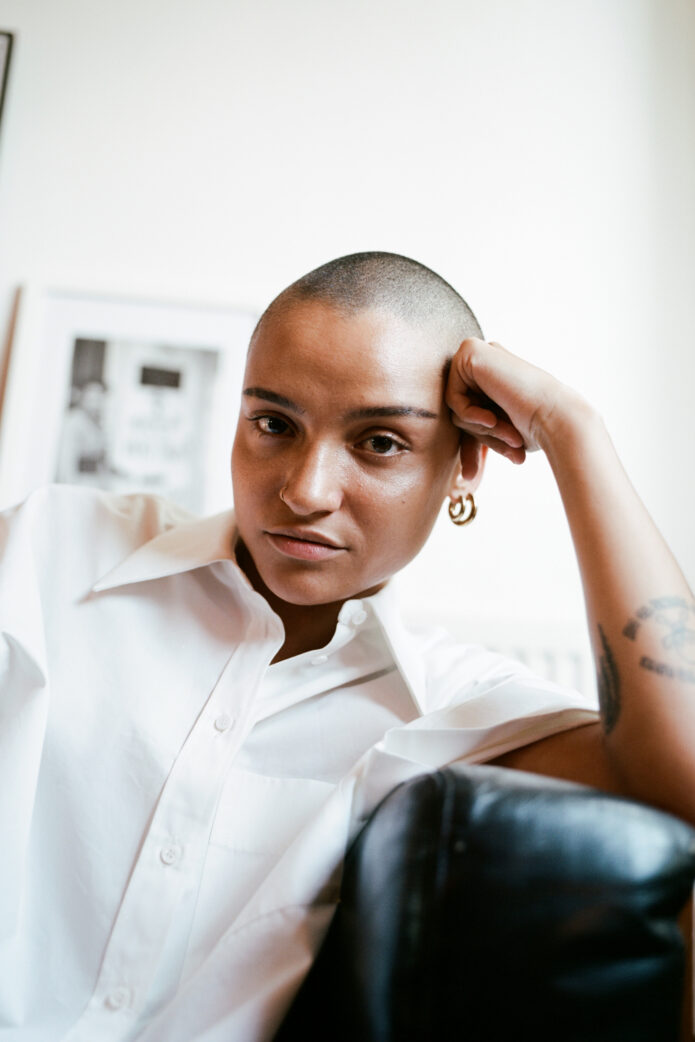
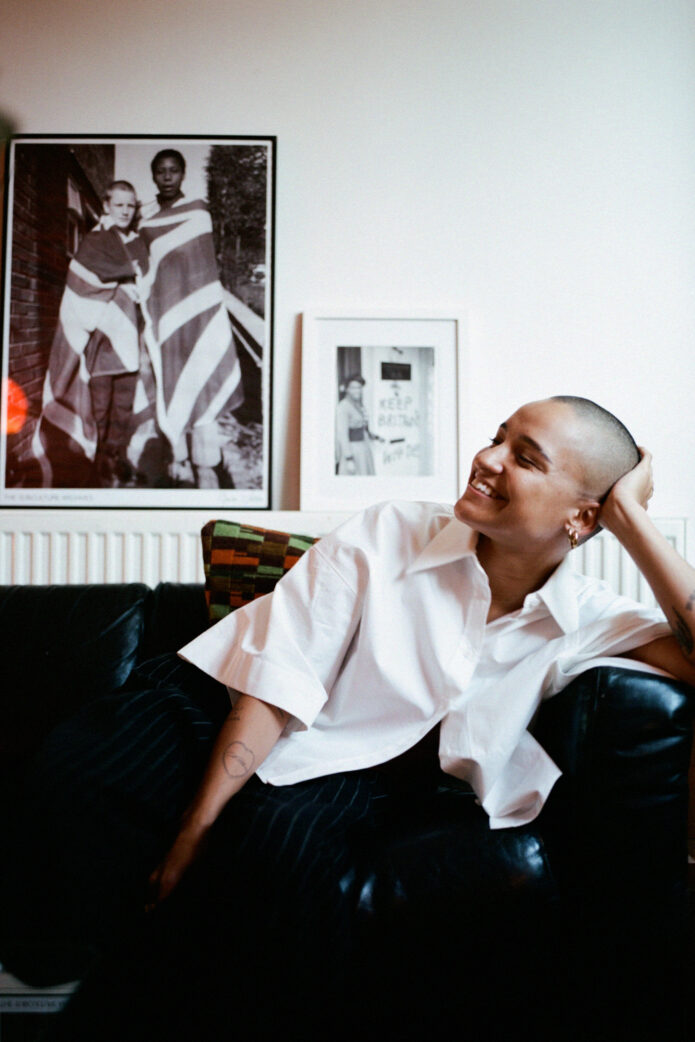
Find Rene Matić’s work at multiple locations across this year’s Frieze. One is the booth of Arcadia Missa, one of London’s most exciting contemporary commercial galleries. Here, in a large light box, is the photograph Campbell at Vogue Fabrics, 2024 – an image that represents Matić’s ongoing cataloging of their queer and specifically QTPOC community. Like the series Flags For Countries That Don’t Exist But Bodies That Do (also a published book) as well as their display in Tate Britain’s permanent collection, the work is concerned with, in the artist’s own words, “survival, care, love, subculture, and friendship” – particularly within the context of a political, social and economic British landscape that challenges the existence of these lifelines.
“All of the work I’m working on at the moment is about multiple realities and worlds that live alongside another that overlap and intersect and contradict – I’m interested in the noise of it all, how overwhelming it is, how emotional, and taxing it is – but trying to find beauty in the moments where harmony can be found.”
“All of the work I’m working on at the moment is about multiple realities and worlds that live alongside another that overlap and intersect and contradict”
Following in the footsteps of artists like Dame Tracey Emin and Yinka Shonibare CBE RA, Matić has been selected as the British artist to be spotlighted by Frieze sponsor Deutsche Bank at this year’s fair. The work on show, How Do You Like Your Love?, is a cross-medium presentation featuring wallpaper, lightbox installations, text-based sculptures and the artist’s own personal archive of records (reference to music is a large part of their practice, particularly Northern Soul, 2-tone and punk). A sculpture of a disco ball presides over the installation, refracting the images in its midst.
They reference a quote from James Baldwin’s 1962 novel Another Country: “High above their heads hung an enormous silver ball which reflected unexpected parts of the room and managed its own unloving comment on the people in it.” The disco ball is also a motif the artist has returned to throughout their work as a signal of safety for Black QTPOC bodies.
